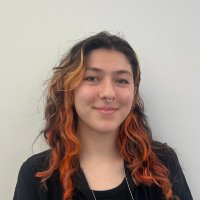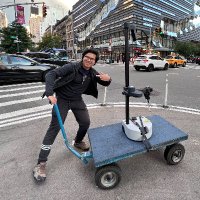
Siddhant Haldar
@haldar_siddhant
Excited about generalizing AI | PhD student @CILVRatNYU | Undergrad @IITKgp
ID: 974015514908418048
https://siddhanthaldar.github.io/ 14-03-2018 20:12:49
155 Tweet
730 Followers
1,1K Following


Turns out you do not need 100Ms of funding to get robust manipulation policies. The robot behaviors shown below are trained without any teleop, sim2real, genai, or motion planning. More details on Point Policy created by Siddhant Haldar in the thread below 👇


Super excited to present our open-source robot hand RUKA! I had a lot of fun working on this with Irmak Guzey and all our amazing collaborators: Billy Yan, Aadhithya, Lisa Kondrich, Nikhil Bhattasali, and Lerrel Pinto. Check out our website at ruka-hand.github.io

CDS-affiliated Lerrel Pinto and NYU Courant PhD Siddhant Haldar @ ICRA 2025 have created "Point Policy," a system that teaches robots manipulation tasks by watching humans. The method uses key points to bridge human demonstrations with robot actions. arxiv.org/abs/2502.20391


Had a great time chatting with Vaishak V Kumar about Point Policy!




RUKA is warming up for our EXPO demo today ICRA with the help of our first-time teleoperators, Venkatesh and Peiqi Liu @ ICRA 2025 🫰 Come try teleoperating RUKA yourself from 1–5 PM, at exhibit hall! 🧤 For more info before coming -> ruka-hand.github.io :) #ICRA2025 Anya Zorin

Point representations enable learning robot policies from egocentric human hand data collected using smart glasses. Check out this cool work from Vincent Liu, Ademi Adeniji & Haotian(David) Zhan!


Can we teach robots to feel force without any robot data? Check out this cool work led by Ademi Adeniji and Zhuoran Chen that attempts to provide an answer to this!

